Welcome to The Observatory. The Observatory is how we at Prometheus monitor the evolution of the economy and financial markets in real time. The insights provided here are slivers of our research process that are integrated algorithmically into our systems to create rules-based portfolios.
If you haven’t already, check out Episode 4 of the Prometheus Podcast! For this episode, we have the pleasure of once again hosting Darius Dale, Founder & CEO of 42 Macro. For those of you who missed our previous conversation, we highly recommend you give it a listen for a better understanding of his sophisticated framework (Click here). While in our last conversation, we focused more on mechanics, today we’re going to spend our time discussing the current state of the economy & the outlook for markets. Aahan & Darius traverse the US macro landscape, discussing everything from the Fed & inflation to the reverse repo facility and portfolio strategy. This episode is a must-listen for anyone seeking to manage macro risk during one of the most economically volatile periods in history.
Below are the top observations coming from our systematic tracking of economic conditions:
i. Tightening liquidity conditions continue to create a challenging environment for all assets. Our market-regime monitors use our understanding of market pricing to estimate the implied odds of the current macroeconomic regime. Based on our regime recognition, we can be in one of 5 regimes:
-
(+) G (-) I: Rising Real Growth, Falling Inflation
-
(+) G (+) I: Rising Real Growth, Rising Inflation
-
(-) G (-) I: Falling Real Growth, Falling Inflation
-
(-) G (+) I: Falling Real Growth, Rising Inflation
-
(-) L: Tightening Liquidity
In reality, we can be in 8 different regimes based on the various permutations of growth, inflation, & liquidity. However, we compress the tightening liquidity environments into one regime to show the dramatic impact of tightening liquidity conditions on markets. Below, we show how our market regime monitors are currently showing elevated odds of both stagflationary nominal growth and tightening liquidity conditions:
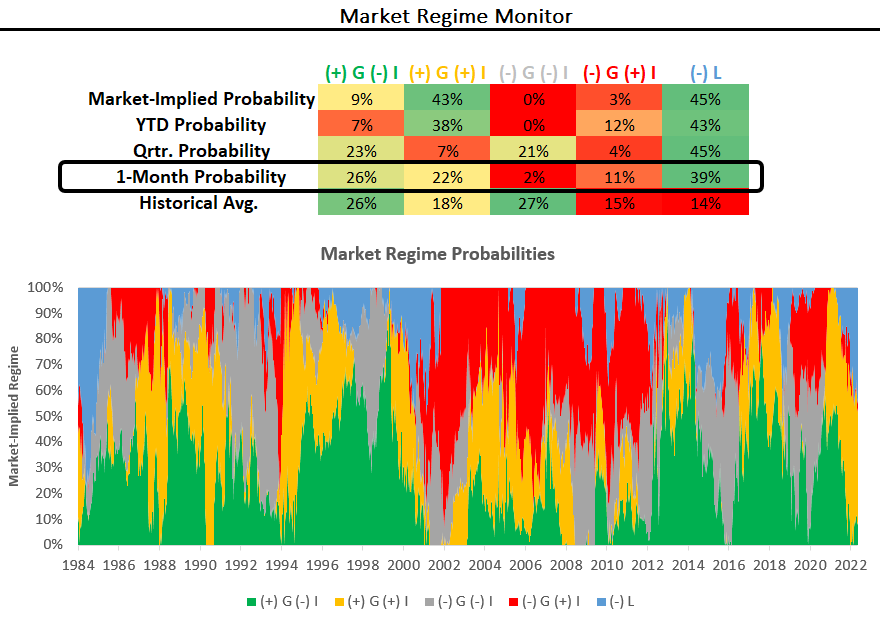
We highlight above that tightening liquidity is now the dominant market regime. Tightening liquidity reflects the drying up of funding liquidity in the economy, i.e. when the dry powder for future economic and financial activity contracts. Tightening liquidity conditions manifest themselves in flattening yield curves, widening credit spreads, cheapening valuations, and poor risk asset performance. Overall, this environment is rare in history as the dominant market regime, but it can be highly impactful when it occurs. To illustrate tightening liquidity’s impact on assets, we show our regime expected returns for equity sectors, commodities, and fixed income.
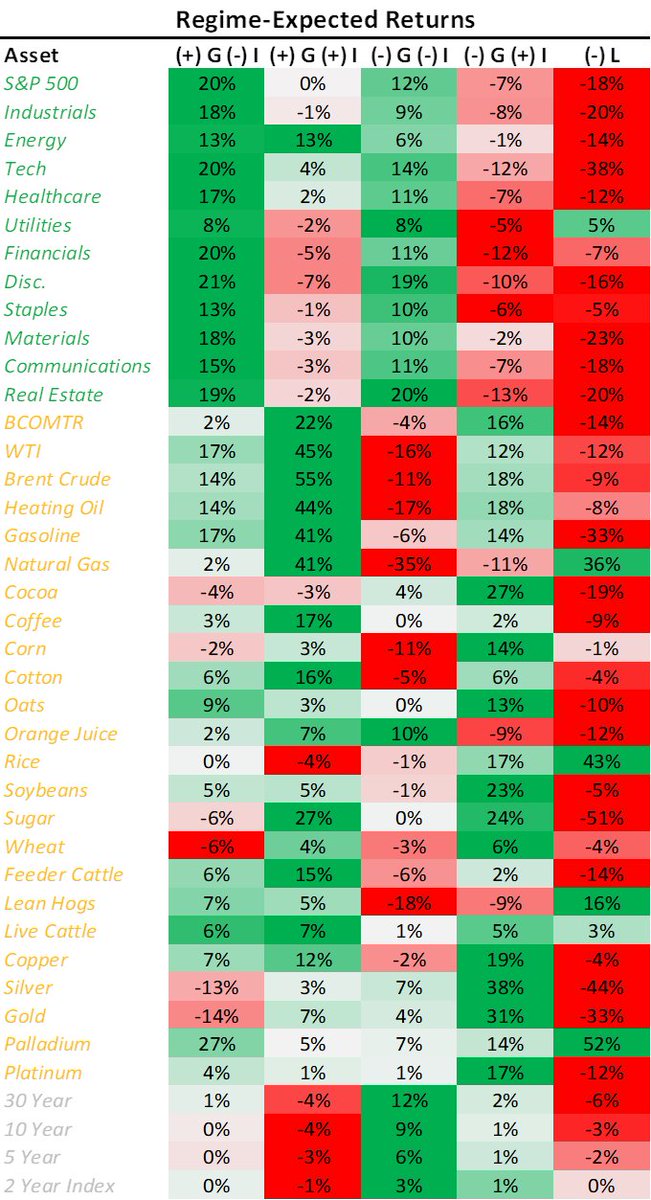
As we can see, assets across the board tend to underperform during tightening liquidity conditions. In past periods, when we have witnessed sustained bouts of tightening liquidity conditions, we have often seen a reversal by policymakers as tightening liquidity adequately curbed nominal economic activity:
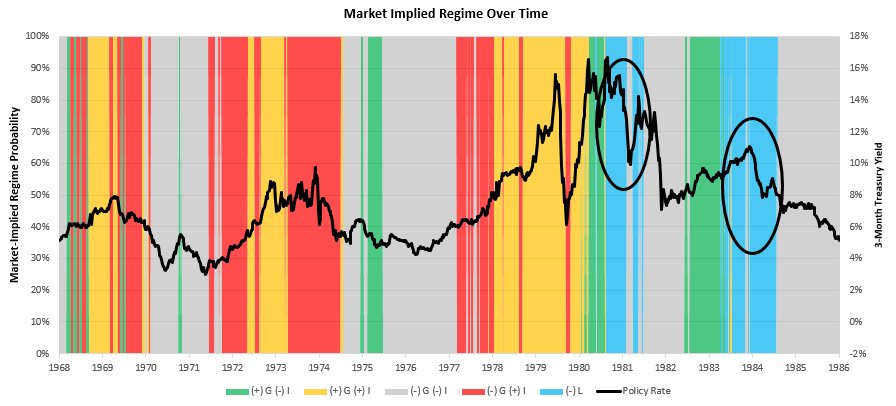
As the Federal Reserve moves to tighten financial conditions further, we will likely see a further extension in market-implied odds of tightening liquidity. Below, we show the combined tightening of liquidity conditions coming from the combined Fed & Treasury:
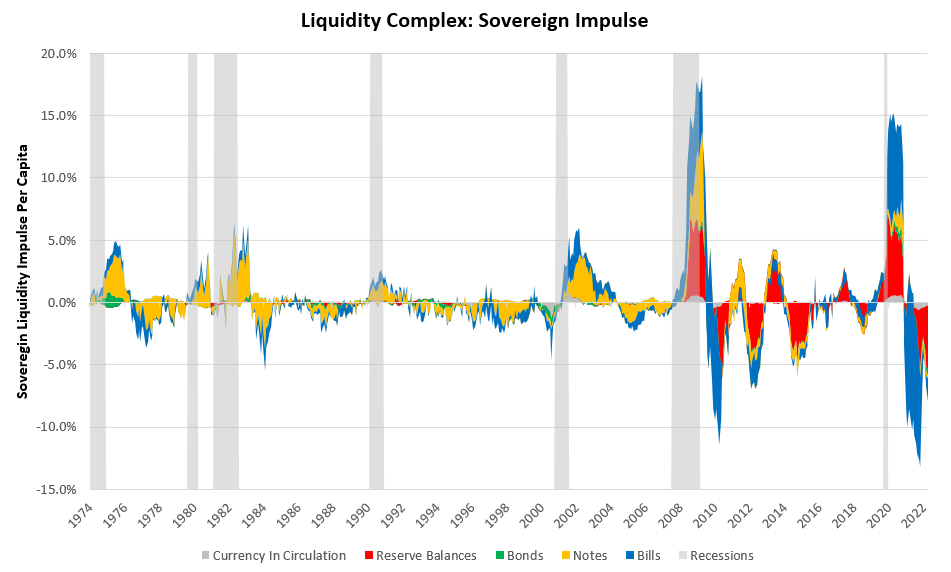
Therefore, while we remain in an environment of high inflation, our systems have preferred short exposures over long exposures to various asset classes. Our systems continue to monitor the evaluation of both fundamental and market data to asses when to begin adding assets, but for the time being, they maintain the dollar as our largest exposure.
ii. Labor markets remain tight, allowing the Fed to continue tightening. The labor market is the marginal driver of economic activity today, with labor market strength passing through to both real incomes and inflation. Therefore, we are likely to see the deterioration in both real incomes and inflation come alongside the marginal weakening of the labor market. However, recent data suggest we are a ways off from this. Initial Claims disappointed expectations at 222 versus the expected 235 while Continuing Claims surprised expectations at 1473 versus the expected 1438. Below, we show the history of these measures, along with the Continuing Claims Rate, after adjusting these measures to provide an appropriate comparison & to showcase their trajectory over the economic cycle. Additionally, we combine these measures into a Jobless Claims Aggregate to capture the broad trend in the data:
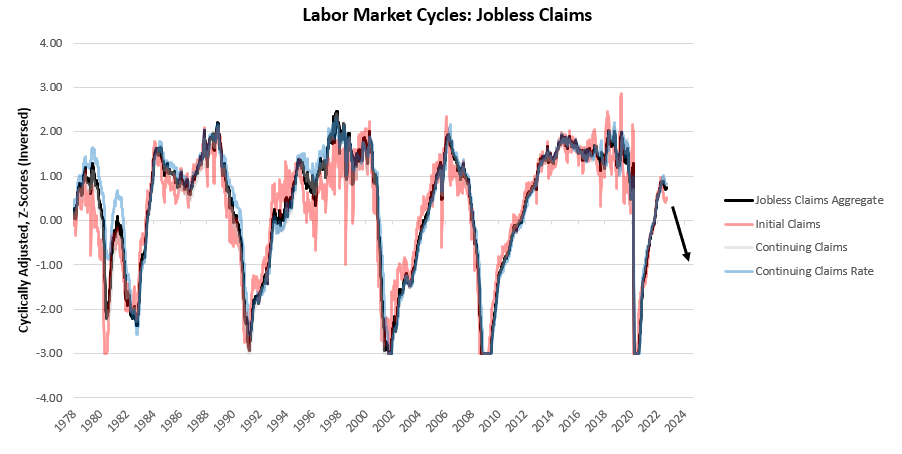
The labor market strength illustrated above will allow the Fed further room to tighten policy; however, the eventual contraction in the labor force will likely create self-reinforcing pressures lower in real incomes and spending, while inflation could remain stubborn.
iii. Trade balance data support profitability, but minimally. US Trade Balances showed modest improvement in trade deficits. Exports and imports tend to move in tandem as incomes and output rise and fall. The difference between the two (trade balances) is passed on to the corporate sector through higher revenues. However, the changes in trade balances in the US are not adequately large to offset domestic spending & investment dynamics:
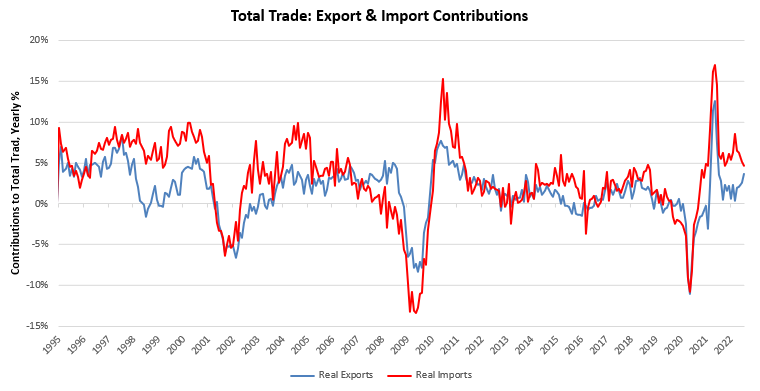
Overall, the pressures on profitability due to declining real incomes and tightening policy liquidity remain in place.
Systematic Positioning
Ahead of next week, there is potential for our systems to exit equity short on the back of short-term timing signals. From a fundamental standpoint, our systems continue to assess that equities are likely to perform poorly; however, they remain tactical in harvesting shorts. The change in these positions would result in the following allocations at the asset class level for an unlevered portfolio:
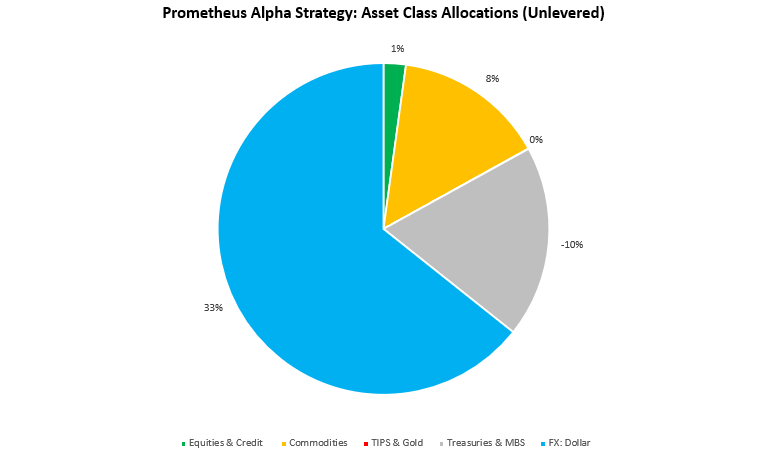
However, these exposures are not yet confirmed, with more economic data out tomorrow and incremental market pricing. We wait and watch. Stay nimble.

